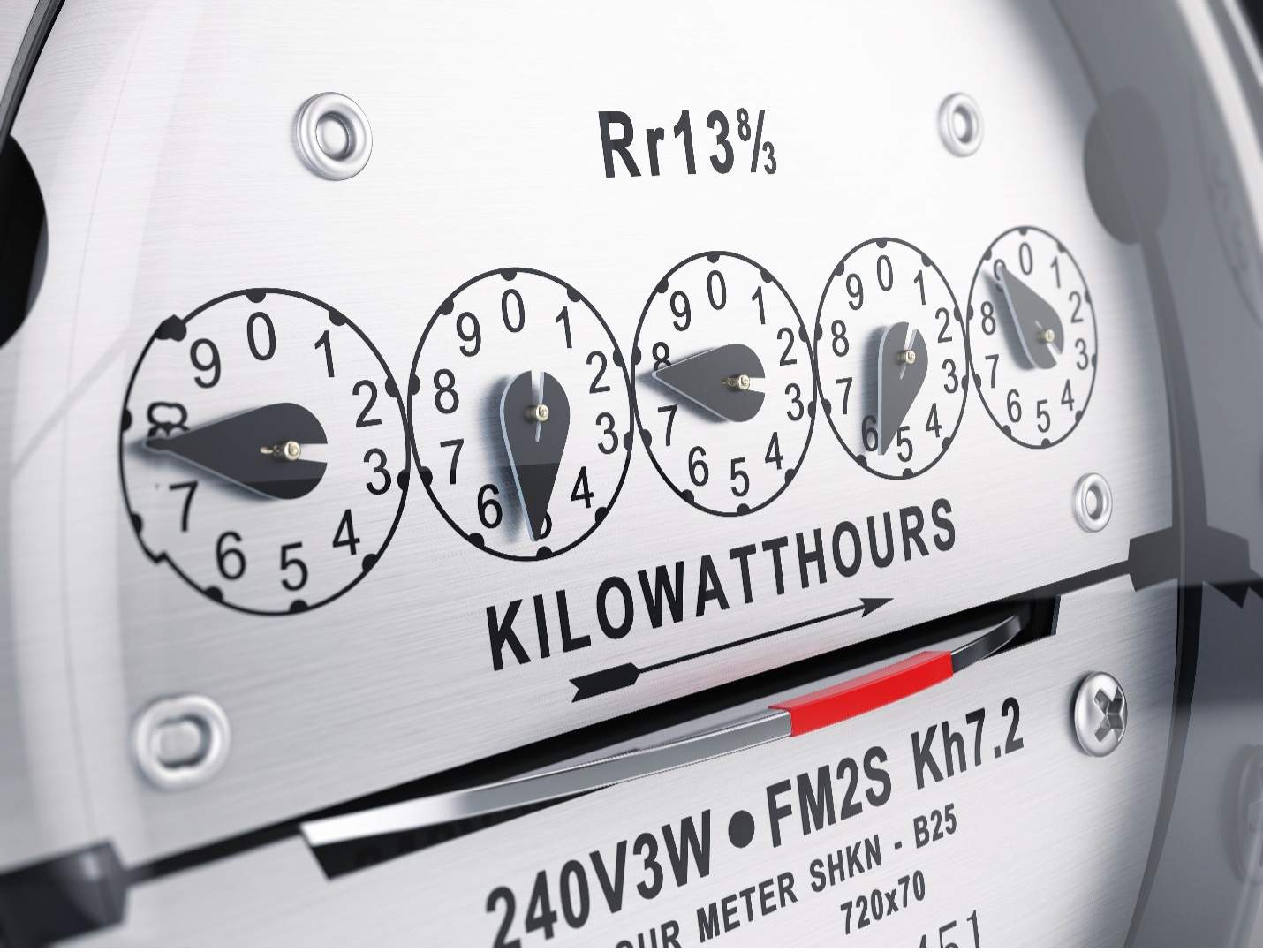Renewable Energy

What is Renewable Energy?
Renewable energy comes from sources that are continuously replenished, or permanently accessible. Solar power was the first renewable energy source to be discovered in 1839. It was clear that this discovery was going to change the world. While solar energy is the leading form of renewable energy, there are many other ways of obtaining continuous energy. Renewable energy sources include geothermal, hydropower, wind, biomass, etc.
Geothermal energy drills into hot water reservoirs and uses steam that cycles turbines to produce energy. While this is a renewable energy source, it is not as easily accessible as other options such as solar. Hydropower uses a similar concept of water naturally moving turbines to create energy. While this is a great source of energy that won’t run out, it disrupts natural wildlife that live in the water. It also requires the release of harmful gas emissions when building the technology necessary to obtain this kind of energy. Wind power is similar because it also risks harming wildlife.
Renewable energy is a great discovery and sustainable option. While these options for renewable energy may have their negative aspects, they are still remarkably better for the planet than continuing to burn fossil fuels.
Biomass – A renewable and organic resource that comes from plants and animals. Biomass contains stored chemical energy absorbed directly from the sun. It is converted into energy through several different processes including burning (wood and wood byproducts) to produce heat, along with thermochemical, biological, and chemical conversions in order to produce liquid and gaseous fuel.
Hydropower – Using the force of flowing water in streams and rivers to create mechanical energy. Hydroelectric plants are located on or near the water source, where water will flow through a penstock to push the blades of a turbine to spin a generator in order to produce electricity.
Geothermal – The most common method of producing geothermal energy is by using flash steam power plants. This requires hot water to flow upwards through a well as it is boiled into steam. The steam gets separated from the water and is used to power a generator. Any excess water is released back to where it was pulled from.
Wind – The uneven heating of the Earth’s surface, irregularities on the Earth’s surface, and the rotation of the Earth is what creates wind. A wind turbine turns wind into electricity by using it to spin aerodynamic blades that are hooked up to a generator.
Solar – Solar photovoltaic devices can absorb and convert sunlight directly into electricity. Sunlight is composed of photons, which are either absorbed or reflected by the solar cells. The energy absorbed dislodges from its atoms, and the electrons with a negative charge flow towards the front of the cell, creating a battery-like charge that can be used to power various appliances.
Alternative Energy vs. Renewable Energy
Alternative energy can be defined as any “alternative” to burning fossil fuels for energy as humans have been doing for centuries. The term came about when we were able to make technological advancements and find substitutions for burning coal or oil. Renewable energy is an energy source that is sustainable and reusable. These two terms have different origins but really define very similar concepts.
Some forms of renewable energy can still be harmful to the environment, even if they are never-ending. Alternative energy is all about keeping the planet protected from any further harm that fossil fuels produce.
Facts About Renewable Energy
- By 1888 it was discovered that we are consuming fossil fuels faster than the planet was able to create more. It takes about a million years of plankton and other plants being underground for fossil fuels to form. Experts have already estimated that by 2060 we will have exhausted all forms of fossil fuels. It is important that society is able to begin the integration of renewable energy sources now so we are ready for an energy shift.
- It has been proven that renewable energy creates 5x more jobs than fossil fuels were ever able to.
- Solar power is on track to be the world’s leading energy source by 2050.
- Norway is a leader in renewable energy. They have been able to implement renewable energy as their new normal. By doing so the country is now over 98% run by renewable energy sources. They predominantly use hydropower to run and have many plants throughout their country. This sets an amazing precedent for other countries to follow in their tracks. It is clear that running on little to know traditional energy is realistically possible.
- Renewable energy is getting cheaper and more accessible as it becomes more frequently used.
- A facility of solar panels the size of Lake Michigan would produce enough energy to power the entire United States.
It’s extremely clear that renewable energy is the solution to the global pollution of fossil fuels that continue to destroy our planet. Renewable energy is a realistic solution to multiple energy issues, and it is important to educate people on these alternatives as they will be heavily implemented into society in the near future.
